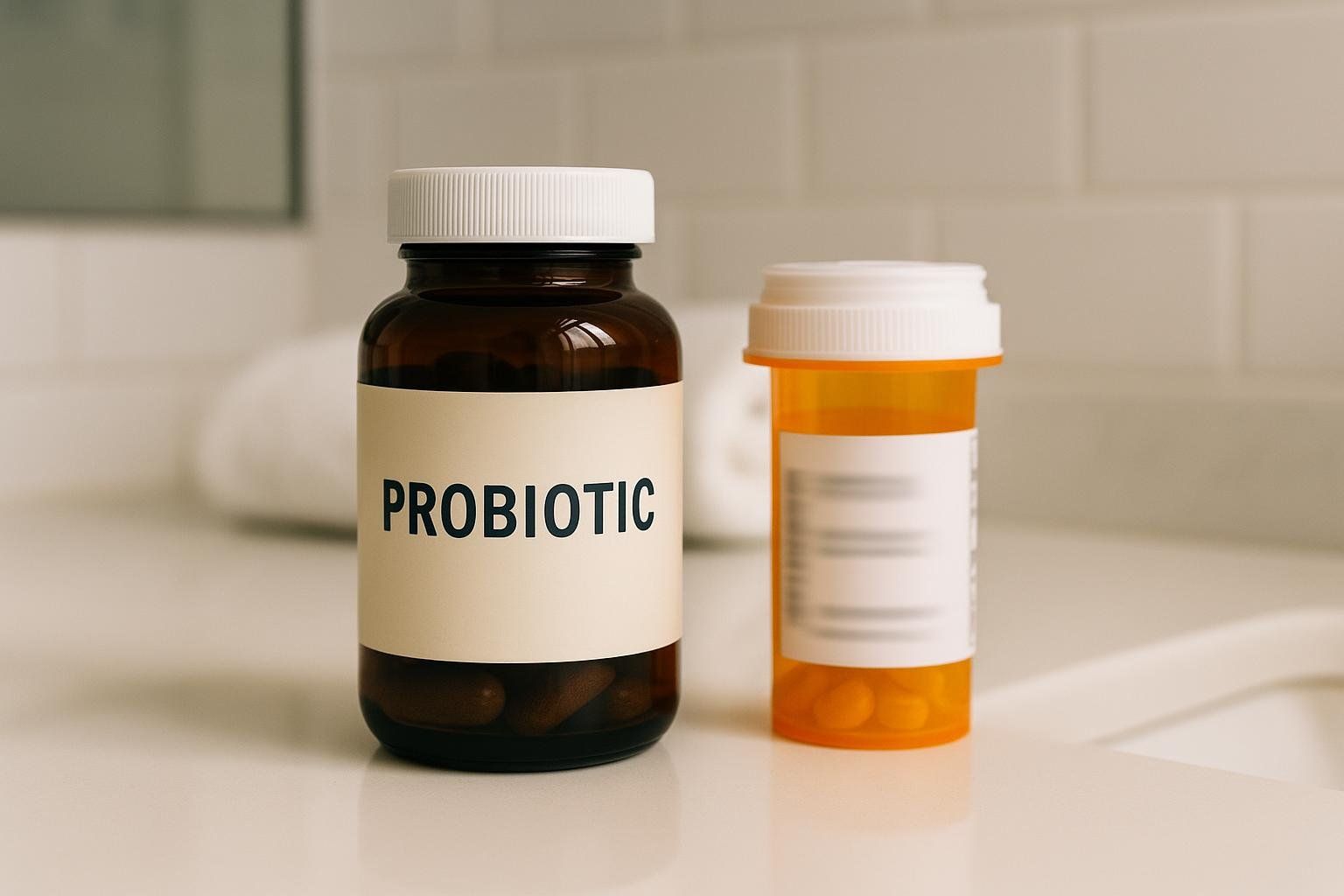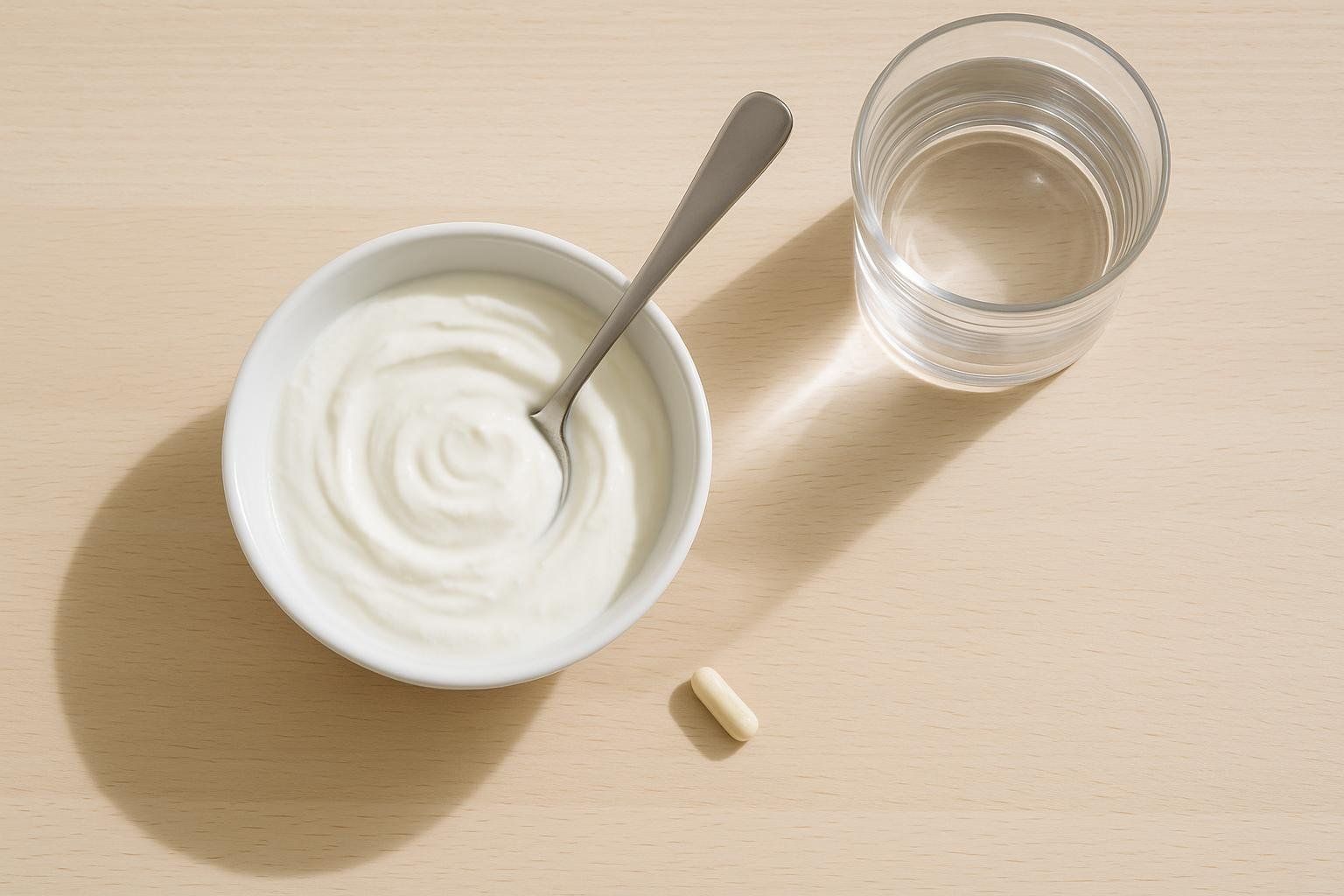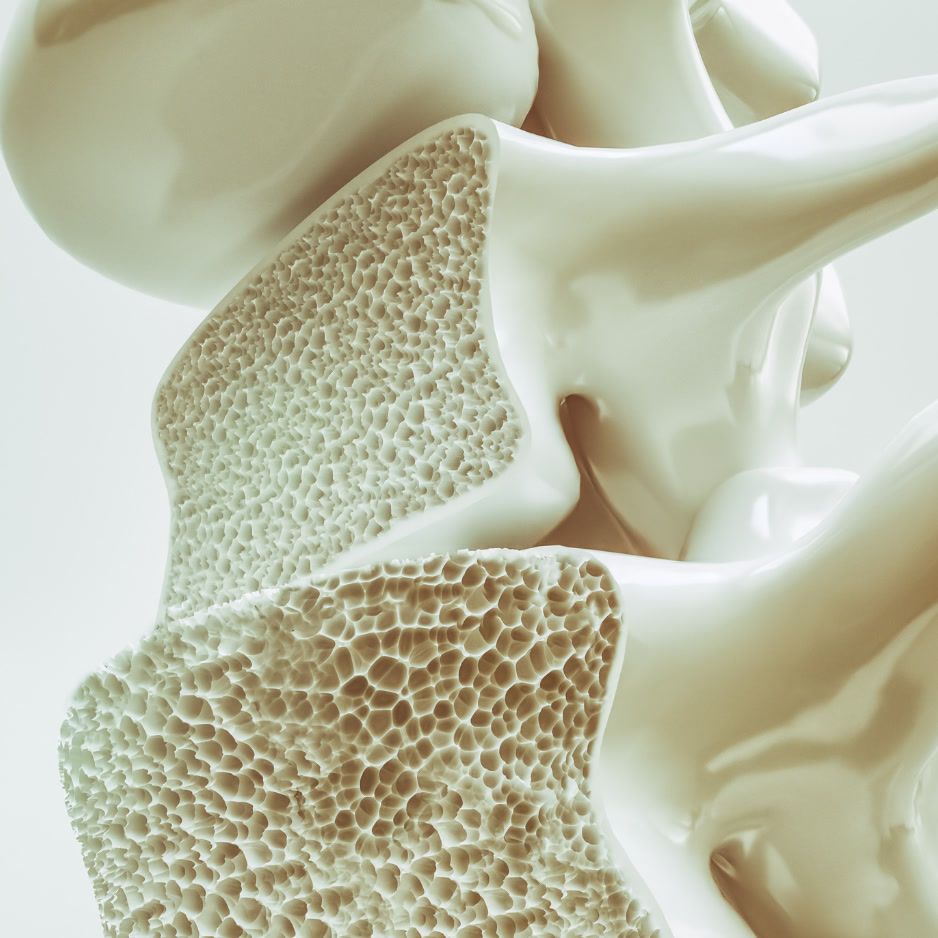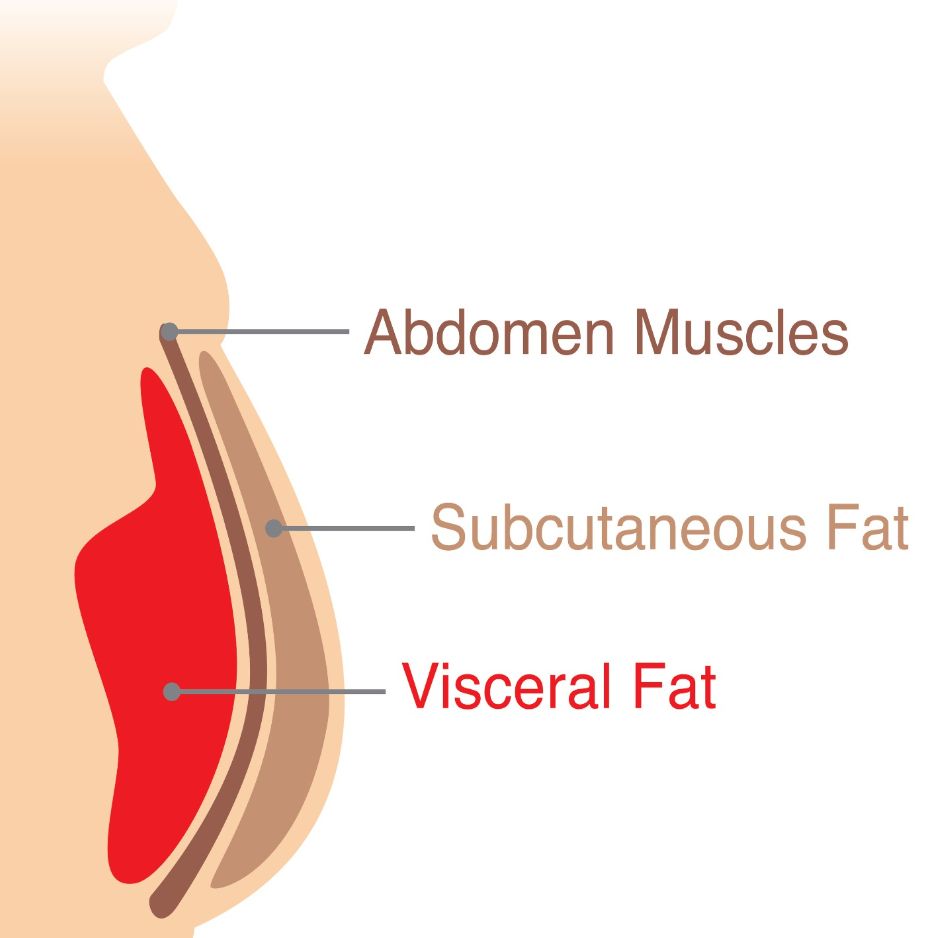Probiotics for Men: Benefits, Strains, and Dosage Guide

Probiotics for Men: Benefits, Strains & Dosage Guide
This guide cuts through marketing claims and keeps things practical. You’ll learn what probiotics can realistically do for your digestion, immunity, and men’s health concerns (urinary, prostate, fertility) — with links to the actual evidence. It also includes a quick strain selector, dosage tips, and a simple 4‑week plan to get started.
Important: This article is educational and not medical advice. Talk to a healthcare professional before starting any supplement, especially if you have medical conditions or take prescription medications.
Key takeaways
- Match the product to your goal and look for the exact strain name on the label (e.g., Lactobacillus rhamnosus GG, not just “L. rhamnosus”).
- Typical daily dose: about 1–10+ billion CFU; consistency matters more than mega-dosing.
- Best-supported uses: during/after antibiotics (e.g., LGG, Saccharomyces boulardii) and some IBS symptoms (e.g., L. plantarum 299v, B. infantis 35624) (Cleveland Clinic, Cochrane, 2023 meta‑analysis).
- Men-specific goals (prostate/urinary/fertility): early evidence only; set realistic expectations.
- Choose third‑party tested brands with CFU guaranteed through the end of shelf life.
- Generally safe for healthy adults; seek medical advice if you’re high‑risk or on prescription meds (NCCIH).
Quick Strain Selector for Men
| Goal | Strain(s) to consider | Typical Daily Dose | Evidence snapshot |
|---|---|---|---|
| Antibiotic-associated diarrhea (AAD) prevention | Saccharomyces boulardii; Lactobacillus rhamnosus GG; multi‑strain blends with Lactobacillus/Bifidobacterium | Often 2–20+ billion CFU (strain‑dependent) | Multiple RCTs and Cochrane reviews show reduced AAD and C. difficile risk in adults taking antibiotics (Cochrane). |
| IBS symptom relief (pain, bloating) | Lactobacillus plantarum 299v; Bifidobacterium strains (e.g., B. infantis 35624) | ~1–10+ billion CFU | 2023 meta‑analysis: some strains/combinations show benefit, overall certainty low‑to‑moderate across outcomes (2023 meta‑analysis). |
| General regularity/transit time | Bifidobacterium lactis HN019 | ~2–20 billion CFU | Evidence suggests improvements to gut transit time in adults; quality varies. |
| Men’s urinary/prostate support | Exploratory; no consensus strains | Not established | Review on the gut–prostate axis and experimental models; human RCTs in BPH/LUTS remain limited (review on the gut–prostate axis). |
| Male fertility (sperm parameters) | Various Lactobacillus/Bifidobacterium combinations in trials | Typically 1–20+ billion CFU | Small RCTs suggest improved motility/concentration via antioxidant/anti‑inflammatory mechanisms; more research needed (systematic review on probiotics and male fertility). |
Note: “Best” probiotic depends on your goal and the exact strain. Doses vary by product; follow label directions and clinician guidance.

What probiotics can do for men (and their limits)
1) Digestive support you can reasonably expect

- During/after antibiotics: Several strains can lower the risk of antibiotic‑associated diarrhea and C. difficile–associated diarrhea when taken during and shortly after antibiotic use (Cochrane).
- IBS: A large 2023 meta‑analysis found some strains help global IBS symptoms and abdominal pain. Translation: pick strains with data, try for 4–8 weeks, then reassess (2023 meta‑analysis).
- Reality check: Benefits are strain‑specific and not universal. Think of probiotics as tools, not magic wands (NCCIH).

2) Men’s health areas with emerging evidence
- Urinary and prostate: Early reviews and lab models point to a potential gut–prostate axis, where gut‑driven inflammation may influence prostate symptoms. Clinical trials in BPH/LUTS are limited so far (review on the gut–prostate axis).
- Fertility: Small randomized trials suggest some regimens can improve sperm motility, concentration, and oxidative stress markers, but larger, standardized trials are needed before firm recommendations (systematic review on probiotics and male fertility). For a broader plan, see our guide to male fertility supplements.

3) What probiotics don’t do
They don’t replace a fiber‑rich diet, quality sleep, or consistent training — or medical therapy for diagnosed conditions.
How to choose a probiotic for men
1. Match strain to goal
Look for the full strain name (e.g., Lactobacillus rhamnosus GG, not just “L. rhamnosus”). Benefits don’t automatically transfer across strains in the same species (NCCIH).
2. Check CFU and duration
Most studies use at least 1–10 billion CFU/day for 4–8+ weeks. More CFU isn’t always better; focus on proven strains and consistency (NCCIH).
3. Look for third‑party testing and label quality

Prefer products with USP (United States Pharmacopeia) or NSF (NSF International) certification for purity and potency, and CFU guaranteed through end of shelf life — not just “at manufacture.” (USP, NSF)
4. Delivery and storage
Delayed‑release/enteric‑coated capsules can help more microbes survive stomach acid. Some products are shelf‑stable; others need refrigeration. Follow the label; viability depends on strain and formulation (ODS fact sheet).
5. Avoid unnecessary additives
If you’re sensitive, scan for common allergens or sugar alcohols.
Pro tip: Price it out as cost per serving, not per bottle, and set a 4–8 week trial budget so you can evaluate results fairly.
Dosage & timing tips
- Start with the product’s suggested dose; typical ranges are 1–10+ billion CFU/day per studied strain.
- Consistency matters more than clock time. Many prefer taking probiotics with food to reduce GI discomfort; follow your product’s guidance.
- On antibiotics? Some evidence supports taking a probiotic during therapy and for 1–2 weeks after to reduce AAD risk. Confirm timing with your clinician to avoid interactions (Cochrane).
4‑Week Starter Plan (Men)
This is a simple, food‑first framework you can adapt with your clinician.
Week 1: Baseline and selection
- Pick one goal (e.g., IBS bloating). Choose one evidence‑backed strain that matches it.
- Track daily: bowel movements (Bristol Stool Chart), bloating, abdominal pain, energy.
Week 2: Consistent dosing

- Take the probiotic daily. Keep diet stable.
- Add one fermented food you tolerate (e.g., plain Greek yogurt or kefir) 3–4 days/week.
Week 3: Add prebiotic fiber

- Increase dietary fiber (beans, oats, onions, asparagus). Consider 2–3 g/day supplemental prebiotic, titrating slowly if constipation is your main issue. See our Prebiotic vs Probiotic Guide.
Week 4: Reassess and adjust
- If symptoms improved, continue 2–4 more weeks before changing anything.
- If no improvement, consider switching strains or addressing diet/stress/sleep first.
- To see how these gut‑focused changes may influence your overall body composition, consider a BodySpec DEXA scan to track markers like visceral fat, which has been associated with gut microbiome patterns in adults (study on the gut microbiome and visceral fat).
Safety and side effects

- Common, usually mild: gas, bloating, temporary stool changes — often easing within days as your microbiota adapts (Cleveland Clinic).
- Use extra caution if you’re high‑risk: immunocompromised, severely ill, or with indwelling medical devices — get medical guidance first. Serious side effects are rare but have been noted in medically vulnerable populations (NCCIH).
- Supplements are not FDA‑approved to diagnose, treat, cure, or prevent disease. Choose reputable brands and discuss with your clinician if you’re on medications.
FAQs
Do men need a “men’s probiotic” formula?
Not necessarily. What matters most is a strain with evidence for your goal, an appropriate CFU, and quality manufacturing. “Men’s” blends often add non‑essential ingredients.
Can probiotics boost testosterone or gym recovery?
There’s no high‑quality evidence that probiotics meaningfully raise testosterone or hypertrophy in healthy men. Any recovery benefits are likely indirect via gut comfort and nutrient absorption.
What about shelf‑stable vs refrigerated?
Both can be effective. Stability depends on the strain, processing, packaging, and storage. Follow the label; look for CFU guaranteed through end of shelf life (ODS fact sheet).
Will probiotics stop UTIs in men?
UTIs are less common in men, and current evidence for probiotics preventing UTIs is limited and mixed. If you have urinary symptoms, see a clinician for diagnosis and targeted treatment.
How long until I notice effects?
For digestive symptoms, evaluate after 4–8 weeks of daily use. For male fertility endpoints, many studies run ~12 weeks to cover a full spermatogenesis cycle.
The bottom line
- Probiotics can be a helpful tool for specific digestive issues, especially during/after antibiotics and for some IBS symptoms.
- For men’s urinary/prostate concerns and fertility, treat probiotics as experimental adjuncts for now — promising but not proven.
- Choose by strain, dose, and quality — and pair your supplement with our prebiotics vs. probiotics guide, quality sleep, training, and stress management. Want an objective way to see progress? A BodySpec DEXA scan precisely measures body fat and can quantify visceral fat, a key health marker tied to metabolic risk.


